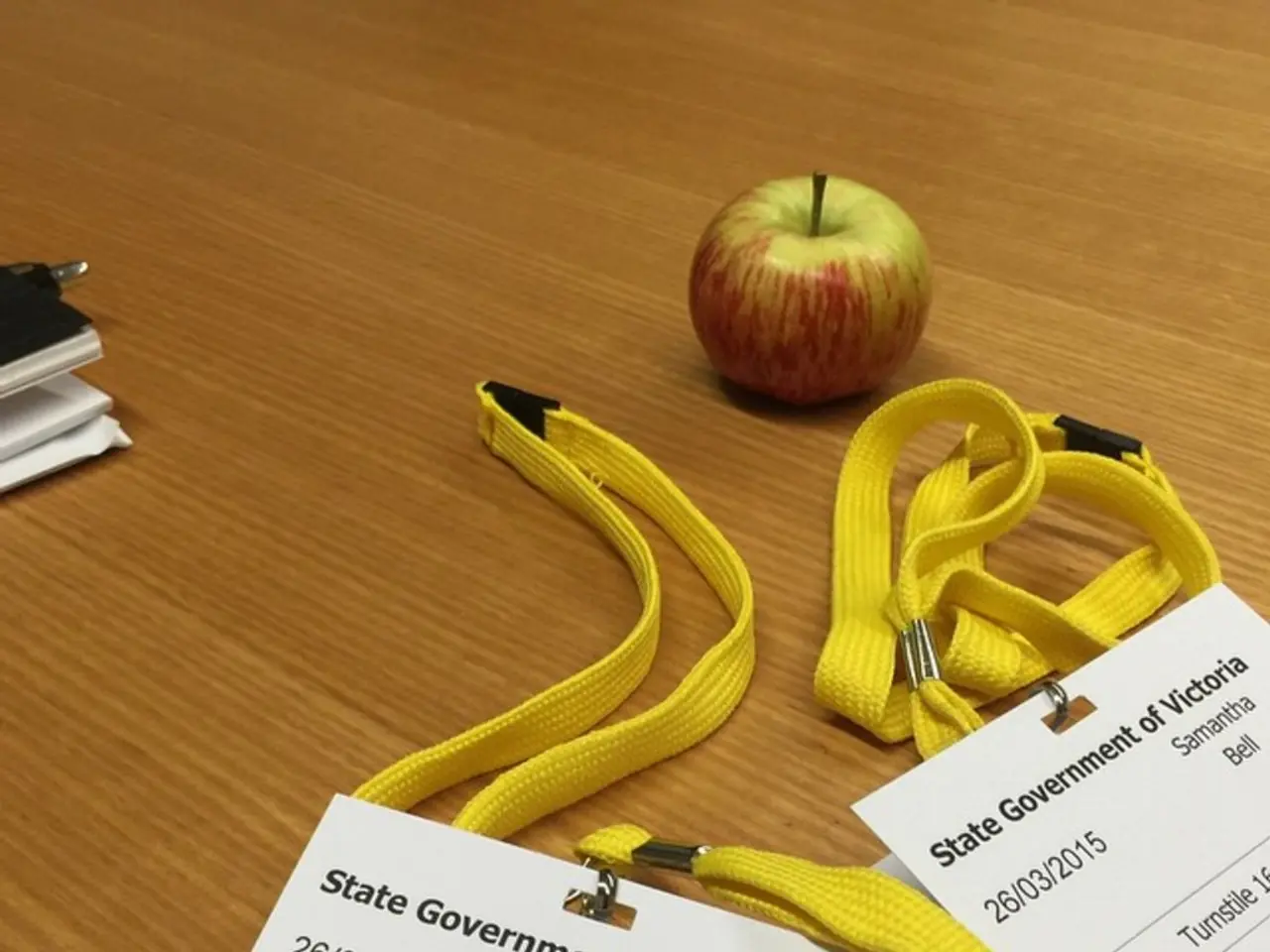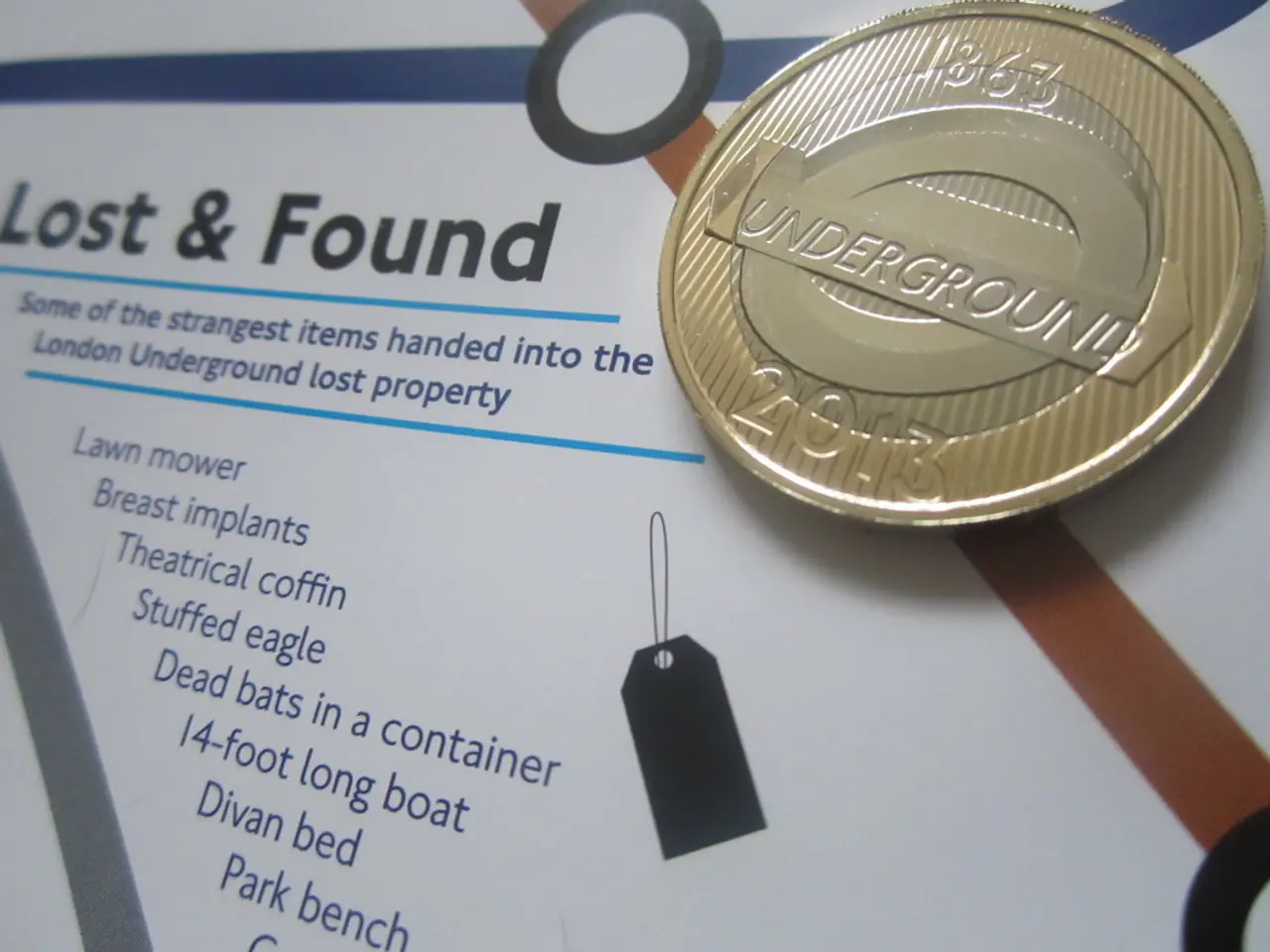Apple Card Conundrum Approaching Resolution
In a significant move, JPMorgan Chase has announced the acquisition of the Apple-branded card portfolio from Goldman Sachs. This deal positions Chase as the top U.S. card lender, offering a strategic advantage in the competitive market.
The acquisition will encompass the transfer of loan books limited to the Apple-branded cards, providing Chase with access to a large and loyal customer base of over 12 million Apple Card users. The portfolio has an outstanding loan value of approximately $17–20 billion.
Chase will leverage the Visa network for the Apple Card, allowing seamless integration into its existing financial infrastructure. The deal also deepens Chase's existing relationship with Apple and expands its digital payments footprint.
However, the acquisition comes with its challenges. A substantial portion of the Apple Card portfolio has a comparatively high credit risk, with about 34% of Apple Card users having credit scores below 660. This is notably higher than JPMorgan’s current subprime exposure of around 15%. The Apple Card's policy of no late fees reduces common buffers lenders use to cover losses from delinquent borrowers, increasing risk.
To manage this risk, JPMorgan is seeking to acquire the portfolio at a discount—industry estimates suggest around a 10% discount, roughly $2 billion. Negotiations over pricing and program adjustments are ongoing.
Additional complexity arises from the competitive network environment. Visa and Mastercard are vying to provide network services for the Apple Card, with Visa reportedly offering $100 million to Apple to sway the choice.
In the process of the acquisition, Javelin Card Bench, a competitive intelligence tool, will integrate Apple into Chase when the deal closes and replace Goldman Sachs with another leading issuer.
Chase's CEO, Jaime Dimon, and Head Retail Banker, Marianne Lake, are reportedly interested in closing a deal like this. The exact method of booking the revenue and related goods is yet to be determined.
It's worth noting that Goldman Sachs previously sold its interest in the General Motors card to Barclaycard, and this acquisition does not involve Goldman Sachs' interest in that card.
To mitigate the high credit risk, Chase is expected to write-down some marginal accounts and implement a conservative lending approach. This will result in measures such as decreasing credit lines for marginal credit scores and a low tolerance for late payments.
In summary, while acquiring the Apple Card portfolio presents JPMorgan Chase with a valuable opportunity to significantly expand its digital and fintech reach, enhance its relationship with a tech giant, and grow its customer base, it also entails considerable credit risk and pricing negotiation challenges that must be carefully managed to realize value. This acquisition is expected to provide a lucrative volume opportunity as Apple customers frequently upgrade devices and use the card, offering a potential for cross-selling additional financial products to a growing fintech-savvy audience.
- The acquisition of the Apple-branded card portfolio from Goldman Sachs positions JPMorgan Chase to enter the investing arena of digital payments, offering a strategic advantage in the business world.
- JPMorgan, in pursuit of managing the high credit risk associated with the Apple Card portfolio, plans to implement a conservative lending approach, which may include decreasing credit lines for marginal credit scores and maintaining a low tolerance for late payments.




